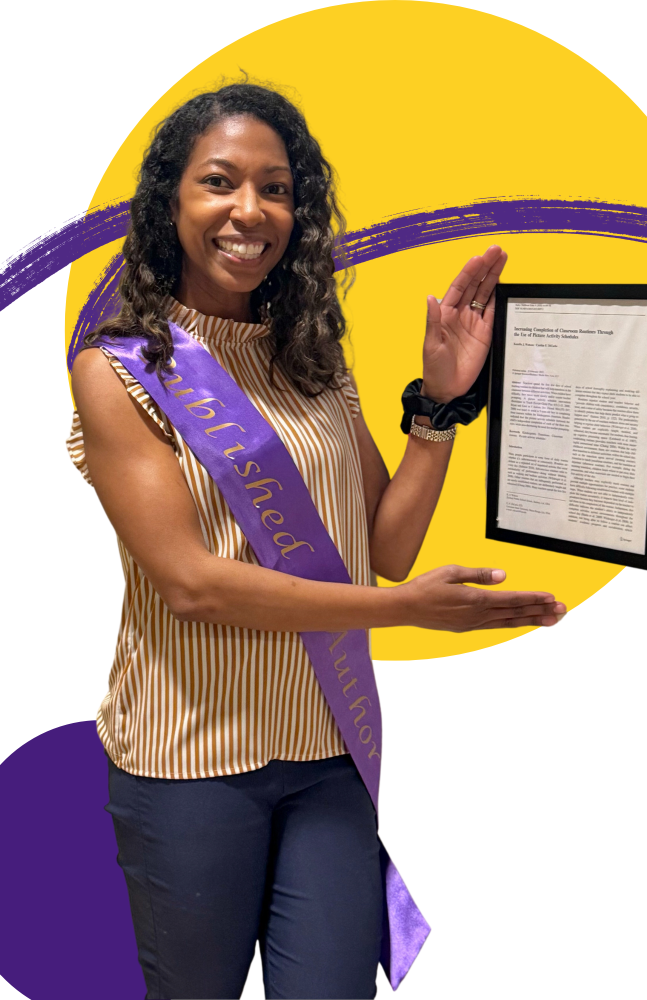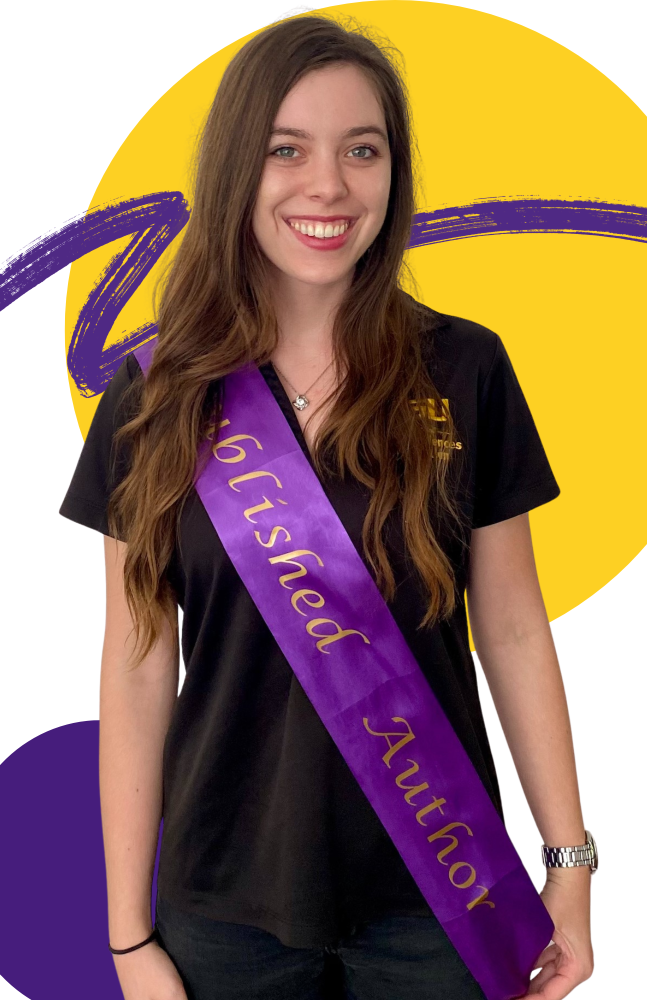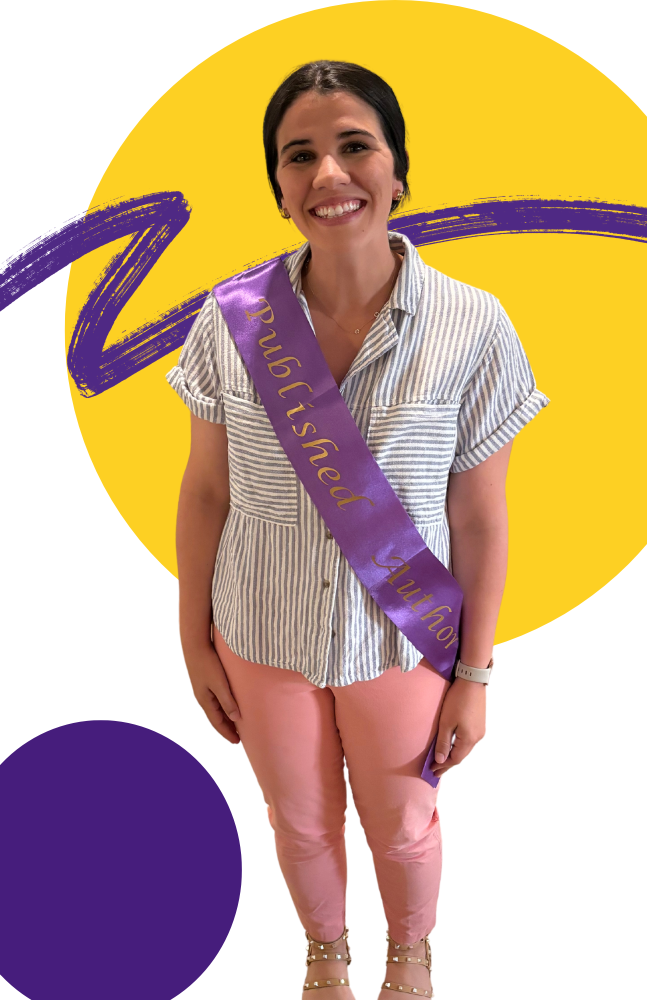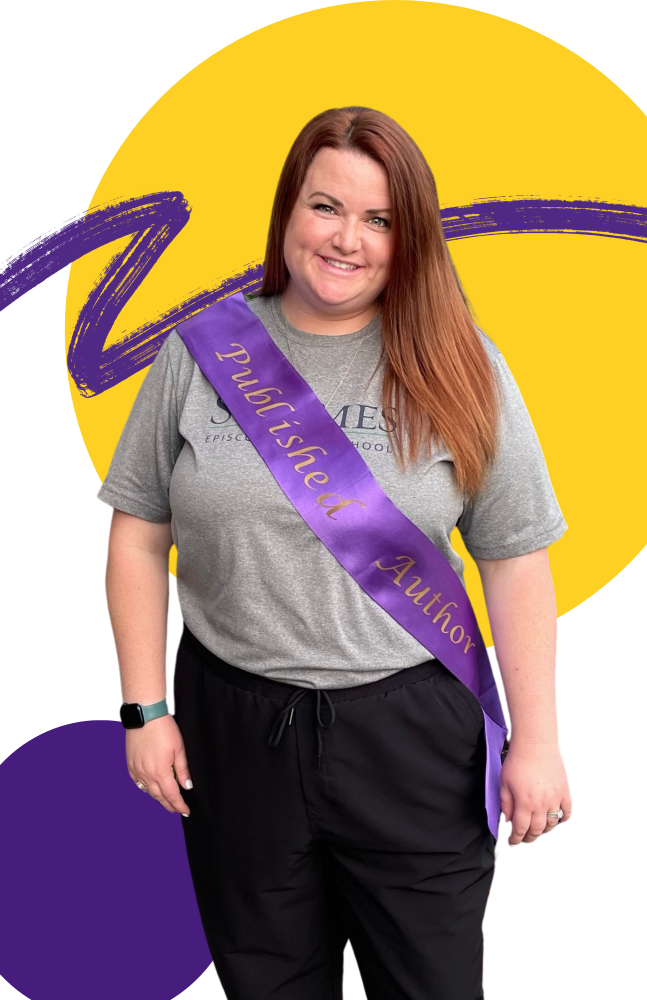Current Birth-to-Three Research
View ECEI research article citations, listed by year and topic.
Published Alumni
View list of Graduate Student Publications

Kamille Watson
Increasing Completion of Classroom Routines Through the Use of Picture Activity Schedules
Lisa Strawn
Action Research/Evidence-Based Practice in Early Childhood




